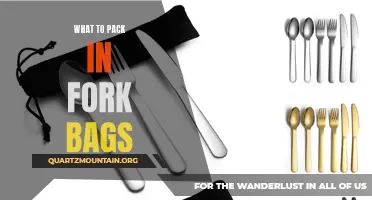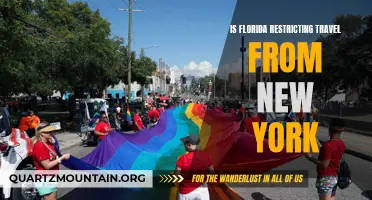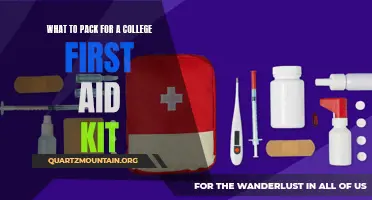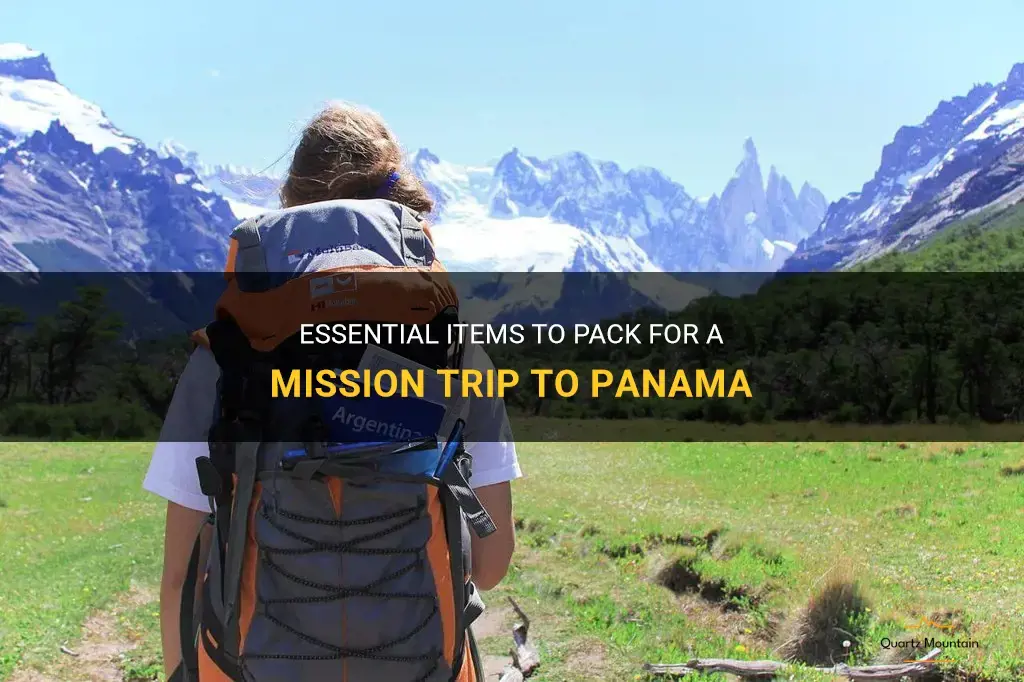
Are you preparing for an upcoming mission trip to Panama? If so, you're probably excited about the opportunity to make a difference in a new culture and help those in need. However, packing for a mission trip can be a challenge, especially when you're unsure of what you'll need in a foreign country. That's why we've put together a list of essential items to pack for your mission trip to Panama. Whether it's practical essentials or cultural necessities, we've got you covered. So grab your suitcase and let's dive into the must-haves for your journey to Panama.
What You'll Learn
- What essential items should I pack for a mission trip to Panama?
- Are there any specific clothing items that are recommended for the climate in Panama?
- What type of personal hygiene products should I bring with me?
- Are there any medical supplies or first aid items that I should include in my packing list?
- Are there any cultural considerations or gifts that I should bring with me for the local community in Panama?

What essential items should I pack for a mission trip to Panama?
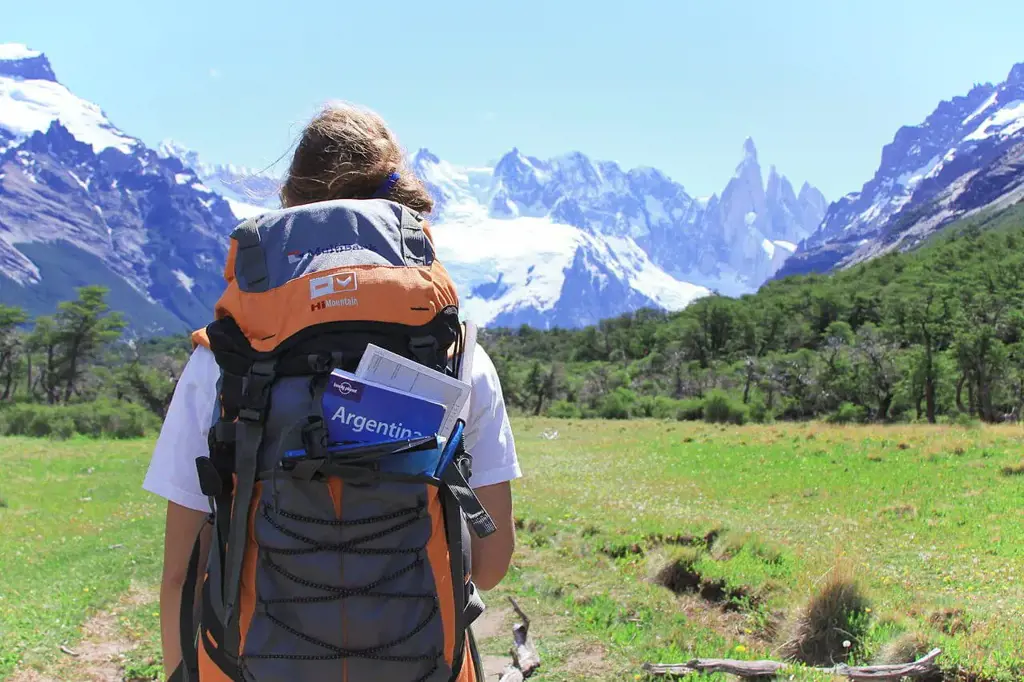
When preparing for a mission trip to Panama, it's important to pack essential items that will help you navigate the local environment and make the most of your experience. Whether you're volunteering in a remote village or working in a city, here are some key items to consider packing:
- First Aid Kit: A comprehensive first aid kit is essential for any mission trip. Include items such as bandages, gauze, antiseptic wipes, pain relievers, and any necessary prescription medications. It's also a good idea to bring insect repellent, sunblock, and aloe vera gel for any sunburns or insect bites.
- Clothing: Pack lightweight, loose-fitting clothing suitable for warm and humid weather. Panama has a tropical climate with high temperatures, so breathable fabrics such as cotton or linen are recommended. Don't forget to include comfortable walking shoes, a hat or sun visor, and a lightweight rain jacket or poncho.
- Toiletries: Bring travel-sized toiletries such as toothpaste, toothbrush, soap, shampoo, and conditioner. Consider packing a quick-drying towel or microfiber towel as well as wet wipes for times when shower facilities might not be readily available.
- Flashlight and Batteries: A small, portable flashlight is always handy, especially if you're staying in a rural area where power outages are common. Bring extra batteries or a portable charger to ensure you have power when needed.
- Water Bottle and Water Purification Tablets: Staying hydrated is crucial, especially in hot climates. Carry a reusable water bottle and consider packing water purification tablets to make sure you have access to clean drinking water at all times.
- Travel Documents: Don't forget to bring your passport, visa (if applicable), and a copy of your identification. It's also wise to have a printed copy of your flight information and contact numbers for emergencies. Keep these documents in a secure, waterproof bag.
- Snacks: While you may have access to local food, it's always a good idea to carry some easily portable snacks such as granola bars, nuts, or dried fruit. These can be lifesavers during long journeys or times when food options may be limited.
- Basic Tools: Depending on the nature of your mission trip, basic tools can be invaluable. Consider packing items such as a multi-tool, scissors, duct tape, and a journal or notebook for taking notes or recording your experiences.
- Small Gifts: It's often appreciated to bring small, culturally appropriate gifts for the locals you will be working with or helping. These can be simple items like pens, school supplies, small toys, or handmade crafts from your home country.
- Cash and Local Currency: It's always a good idea to have a small amount of cash on hand for emergencies or situations where credit cards may not be accepted. Familiarize yourself with the local currency and consider exchanging some money before your trip.
Remember, the items you pack will largely depend on the specific nature of your mission trip and the activities you will be involved in. It's a good idea to check with the organization you're traveling with for any specific recommendations or requirements. Additionally, consider the culture and customs of the local community when packing, as modest attire may be expected in certain areas. Overall, being well-prepared and packing essential items will help ensure a successful and fulfilling mission trip to Panama.
Essential Items to Pack for a Memorable Trip to Joshua Tree
You may want to see also

Are there any specific clothing items that are recommended for the climate in Panama?
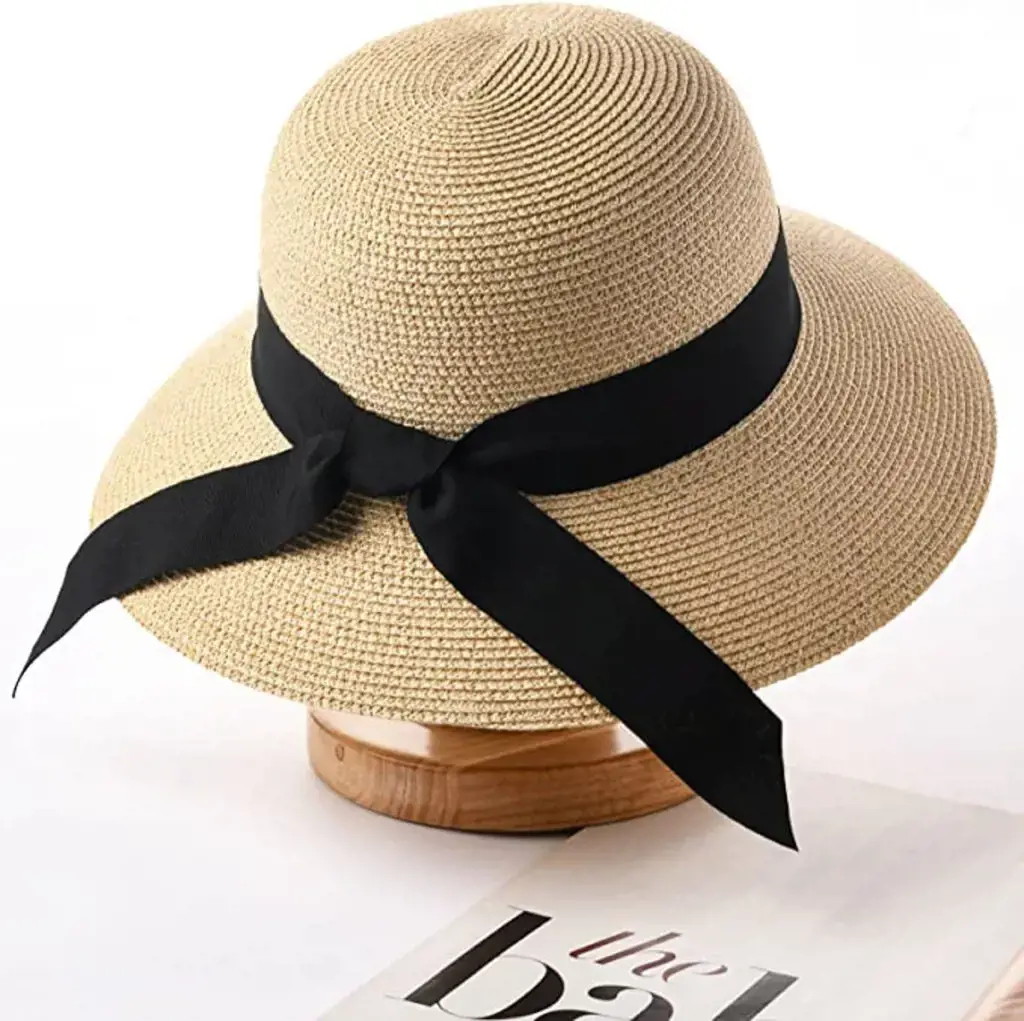
Panama is known for its tropical climate, which means it can get quite hot and humid all year round. Therefore, when visiting or living in Panama, it is important to dress appropriately to stay comfortable in the heat.
Here are some specific clothing items that are recommended for the climate in Panama:
- Lightweight and breathable fabrics: Opt for clothes made from materials such as cotton or linen. These natural fibers allow air to circulate and help keep you cool in the heat. Avoid synthetic fabrics like polyester, as they tend to trap heat and moisture.
- Loose-fitting clothes: Choose clothing that is loose and allows for plenty of airflow. Tight or constricting clothes can cause discomfort and make you feel hotter in the humid environment.
- Shorts and skirts: Given the warm climate, shorts and skirts are a practical choice for both men and women. They allow your legs to breathe and help you stay cool. Just make sure to dress modestly when visiting religious or cultural sites.
- Lightweight and long-sleeved shirts: Although it may seem counterintuitive, long-sleeved shirts made from lightweight fabrics can actually provide better protection from the sun than short-sleeved tops. They shield your arms from direct sunlight and also help to keep you cool by blocking the harmful UV rays.
- Hats and sunglasses: Protecting your head and eyes from the sun is essential in Panama. Wear a wide-brimmed hat to shield your face, neck, and ears from direct sunlight. Additionally, investing in a good pair of sunglasses with UV protection will protect your eyes from harmful rays.
- Sandals or breathable shoes: Closed-toe shoes can make your feet feel hot and sweaty in the tropical climate. Opt for sandals or shoes made from breathable materials to allow your feet to breathe and prevent discomfort.
- Swimwear: Given Panama's beautiful beaches and warm weather, having swimwear is a must. Whether it's a swimsuit, swimming shorts, or a rash guard, make sure to pack appropriate swimwear for enjoying the sun and water.
It's also important to note that Panama experiences a rainy season, which typically runs from May to November. During this period, it's a good idea to carry a lightweight waterproof jacket or a travel-size umbrella to stay dry during sudden downpours.
In summary, when packing for Panama's tropical climate, prioritize lightweight, loose-fitting clothing made from breathable fabrics like cotton or linen. Don't forget to bring a wide-brimmed hat, sunglasses, and swimwear for outdoor activities. By dressing appropriately, you can stay comfortable and enjoy all that Panama has to offer, regardless of the weather.
Essential Items to Pack for Your Trip to Portugal
You may want to see also

What type of personal hygiene products should I bring with me?
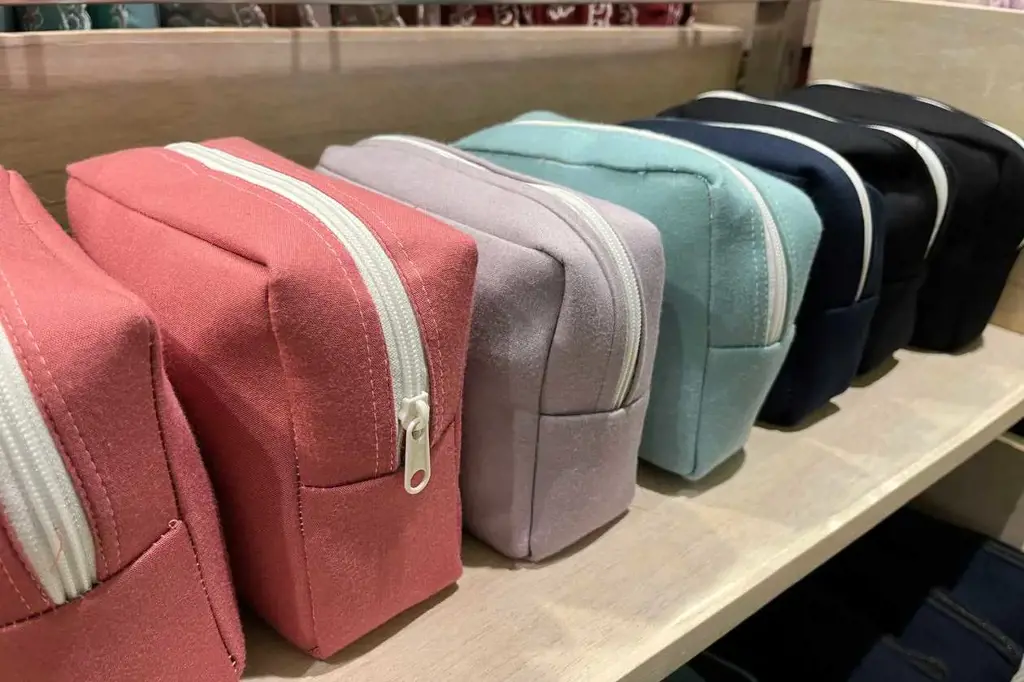
One of the most important things to remember when traveling is to bring personal hygiene products with you. These products are essential for maintaining cleanliness and preventing the spread of germs. However, it can be overwhelming to decide what type of personal hygiene products to bring with you. In this article, we will discuss the essential personal hygiene products that you should pack for your trips.
- Toothbrush and toothpaste: Dental hygiene is crucial no matter where you are. Make sure to pack a toothbrush and a travel-sized toothpaste to keep your teeth and gums clean and healthy.
- Soap or body wash: Good personal hygiene includes keeping your body clean. Bring a small bottle of your preferred soap or body wash to cleanse your skin and eliminate dirt and odor.
- Shampoo and conditioner: To keep your hair clean and healthy, pack travel-sized bottles of shampoo and conditioner. If you have specific hair care needs, choose products that cater to those needs.
- Deodorant: To combat body odor, especially during travels, carry a deodorant stick or spray in your toiletry bag. Look for long-lasting formulas that can provide you with all-day freshness.
- Face cleanser: Traveling can expose your skin to different environments, which may lead to breakouts or dryness. Bring a gentle face cleanser that suits your skin type to remove impurities and maintain soft, clear skin.
- Moisturizer: It is essential to keep your skin hydrated, especially during long flights or exposure to dry climates. Pack a travel-sized moisturizer or lotion to nourish your skin and prevent it from drying out.
- Hand sanitizer: On-the-go hand hygiene is crucial, especially when traveling in crowded places or using public transportation. Carry a small bottle of hand sanitizer to kill germs and prevent the spread of infections.
- Feminine hygiene products: If you menstruate, pack an adequate supply of tampons, pads, or menstrual cups, depending on your preference. Ensure you have enough to last for the duration of your trip.
- Razor: If you prefer to have smooth and hairless skin, don't forget to pack a razor. Opt for a travel-sized razor to save space in your luggage.
- Sunscreen: Protecting your skin from the sun's harmful rays is crucial, even if you're traveling to cold or cloudy destinations. Bring a travel-sized sunscreen with a high SPF to shield yourself from UV damage.
These are just some of the essential personal hygiene products that you should consider packing for your travels. Remember to consider the duration of your trip and the specific needs of your body when choosing which products to bring. It is also essential to check any restrictions or limitations on liquids or container sizes imposed by airlines or transportation authorities. By being prepared and taking care of your personal hygiene, you can ensure a comfortable and enjoyable trip.
Essential Items for Flying with a Baby: What to Pack
You may want to see also

Are there any medical supplies or first aid items that I should include in my packing list?
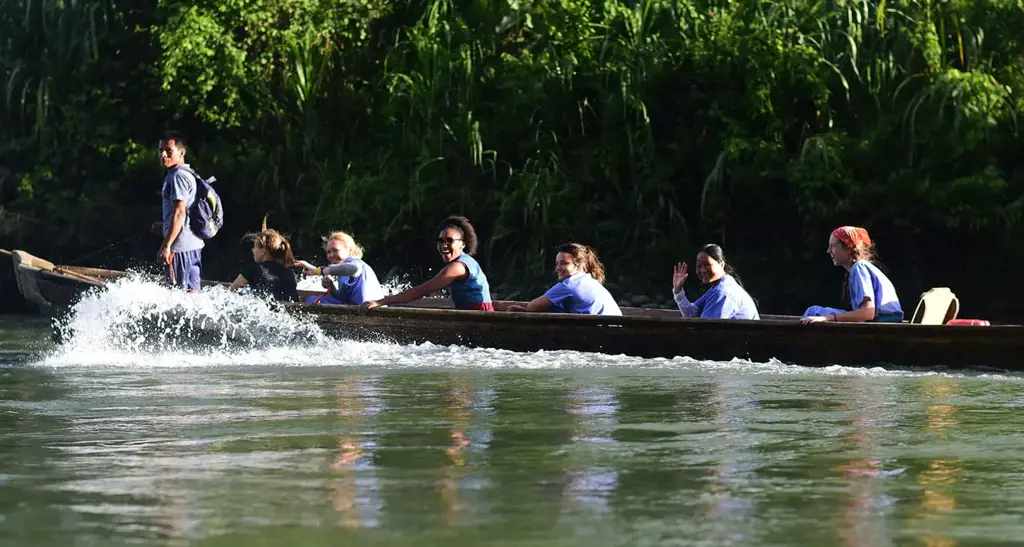
When it comes to packing for a trip, it's important to consider your health and safety. Including medical supplies and first aid items in your packing list can help ensure that you are prepared for any potential emergencies or injuries that may arise during your travels. Here are some essential medical supplies and first aid items that you should consider including in your packing list.
- Adhesive bandages: These are a must-have for any packing list. Adhesive bandages, also known as Band-Aids, can be used to cover small cuts, blisters, or abrasions. They help protect the wound from dirt and prevent further injury.
- Antiseptic wipes: Antiseptic wipes are essential for cleaning wounds and preventing infection. They can be used to clean minor cuts and scrapes before applying a bandage. Make sure to pack enough antiseptic wipes to last your entire trip.
- Pain relievers: It's always a good idea to include pain relievers like acetaminophen or ibuprofen in your packing list. These medications can help alleviate pain and reduce fever. However, it's important to read and follow the instructions on the packaging and consult a healthcare professional if needed.
- Tweezers: Tweezers are useful for removing splinters or foreign objects from the skin. They can also be used to remove ticks, which can transmit diseases such as Lyme disease. Make sure to pack a pair of tweezers with a pointed tip for better precision.
- Gauze pads and adhesive tape: These are essential for dressing larger wounds or injuries. Gauze pads can be used to cover the wound, while adhesive tape helps secure the dressing in place. It's important to change the dressing regularly to promote healing and prevent infection.
- Thermometer: Packing a reliable thermometer is important, especially if you are traveling with children. A digital thermometer is a good choice as it is easy to use and provides accurate readings. It can help you monitor your body temperature and detect fever, which may be a sign of an underlying illness.
- Insect repellent: Insect bites can not only be annoying but can also transmit diseases such as malaria or dengue fever. Including an insect repellent in your packing list can help protect you from mosquito bites and reduce the risk of mosquito-borne illnesses. Look for a repellent that contains DEET or other recommended active ingredients.
- Sunscreen: Sunscreen is a must to protect your skin from the harmful effects of the sun's ultraviolet (UV) rays. Look for a broad-spectrum sunscreen with a high SPF (sun protection factor) and apply it generously to all exposed areas of your skin. Reapply every two hours, especially if you are swimming or sweating.
- Prescription medications: If you have any pre-existing medical conditions or take prescription medications, make sure to pack enough medication to last your entire trip. It's also a good idea to carry a copy of your prescriptions, as well as a medication list that includes the names and dosages of your medications.
- Emergency contact information: Finally, don't forget to include important emergency contact information in your packing list. This should include the contact details of your healthcare provider, as well as any emergency medical services in the area you'll be visiting. It's also a good idea to have a list of allergies or other relevant medical information.
In conclusion, including medical supplies and first aid items in your packing list can help ensure that you are prepared for any potential emergencies or injuries during your trip. Remember to pack essentials such as adhesive bandages, antiseptic wipes, pain relievers, tweezers, gauze pads, adhesive tape, thermometer, insect repellent, sunscreen, and any necessary prescription medications. By being prepared, you can have a safe and enjoyable trip.
Essential Items to Pack for Your Ladakh Adventure
You may want to see also

Are there any cultural considerations or gifts that I should bring with me for the local community in Panama?
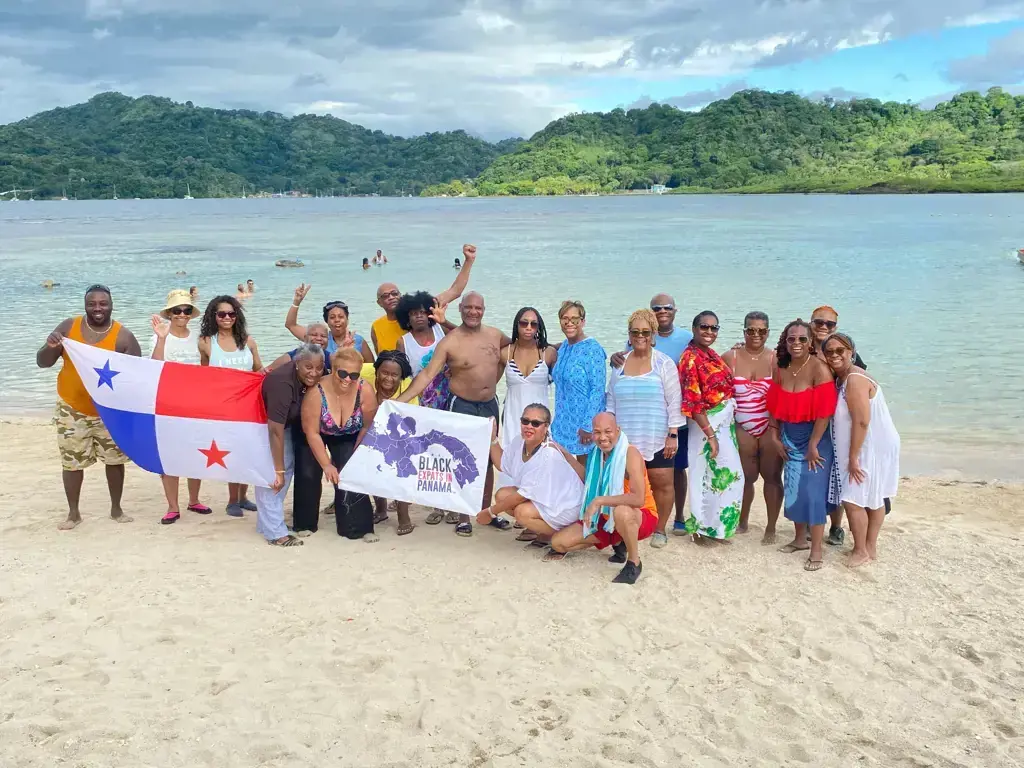
When visiting Panama, it is important to be mindful of the local cultural considerations and customs. By understanding and respecting the local traditions, you can make a positive impact and have a more meaningful experience. Additionally, bringing small, thoughtful gifts for the local community can be a great way to show appreciation and build connections. Here are some cultural considerations and gift ideas for your trip to Panama:
- Respectful Attire: Panama has a warm climate, but it is still important to dress modestly, especially when visiting religious sites or rural communities. Avoid wearing revealing clothing or beachwear in these areas. Instead, opt for lightweight, breathable clothing that covers your shoulders and knees.
- Greetings and Politeness: Panamanians are friendly and polite people. It is customary to greet others with a handshake or a kiss on the cheek, especially in more rural or traditional areas. It is also important to say "hello" (hola) and "thank you" (gracias) when interacting with locals.
- Respect for Indigenous Cultures: Panama is home to several indigenous communities, such as the Ngäbe-Buglé, Emberá, and Guna tribes. When visiting their villages or participating in cultural activities, it is crucial to respect their customs and traditions. Seek permission before taking photographs or participating in rituals, and be mindful of any restrictions regarding clothing or behavior.
- Language: While many Panamanians speak English, especially in tourist areas, it is still helpful to learn a few basic phrases in Spanish. This shows respect for the local language and can help you communicate more effectively with the people you encounter.
- Gift Ideas: Bringing small gifts for the local community can be a thoughtful gesture that fosters goodwill and connection. Some popular gift ideas include:
- School Supplies: Many remote communities in Panama lack access to basic education supplies. Donating pens, pencils, notebooks, or coloring materials to local schools or community centers can make a significant impact on children's education.
- Personal Hygiene Items: Items such as soap, toothbrushes, toothpaste, and sanitary pads can be valuable and appreciated by community members who may have limited access to these resources.
- Traditional Crafts: Purchasing handmade crafts from local artisans not only supports the local economy but also helps preserve traditional cultural practices. Consider buying beaded jewelry, woven baskets, or hand-painted ceramics as gifts.
- Food and Recipes: Sharing food is an excellent way to bridge cultural gaps. Consider bringing non-perishable food items that are representative of your country or region to share with the local community. You could also bring recipe cards in Spanish, detailing how to cook traditional dishes from your culture.
Remember, when giving gifts, it is essential to be respectful and sensitive to cultural norms. Avoid imposing your own customs or beliefs and always seek guidance from locals or tour guides if you are unsure about what is appropriate. By embracing and understanding the local culture and customs, you can create lasting connections and make a positive impact on the community during your visit to Panama.
Understanding the Implications of Court Packing: What Does It Really Mean?
You may want to see also
Frequently asked questions
When packing for a mission trip to Panama, it is important to bring lightweight and breathable clothing suitable for warm and humid weather. Pack loose-fitting shirts, shorts, and lightweight pants to keep comfortable in the tropical climate. Also, don't forget to bring a hat, sunglasses, and sunscreen to protect yourself from the sun.
In addition to the basic clothing and toiletries, it is recommended to pack any necessary personal hygiene items, such as toothpaste, soap, and a towel. It is also helpful to bring a reusable water bottle, a portable water filter or purifier, and insect repellent to stay hydrated and protect against mosquitoes or other insects.
It is advisable to pack comfortable and durable shoes that can withstand the terrain and activities involved in the mission work. Closed-toe shoes, such as athletic sneakers or hiking boots, are ideal for walking on uneven surfaces, hiking, or participating in construction or manual labor projects. Sandals or flip-flops can also be useful for casual wear or relaxing.
When traveling to a different country for a mission trip, it is essential to be culturally sensitive. Consider packing modest clothing to respect the local customs and traditions. This means avoiding clothing that is too revealing or offensive in order to show respect and maintain a positive interaction with the local community.
It is recommended not to bring excessive valuables or expensive items that could attract unwanted attention. It is also advisable to leave behind unnecessary electronics or gadgets to minimize distractions and fully engage in the mission work. Instead, focus on bringing essential items that will contribute to the effectiveness and success of the trip.



